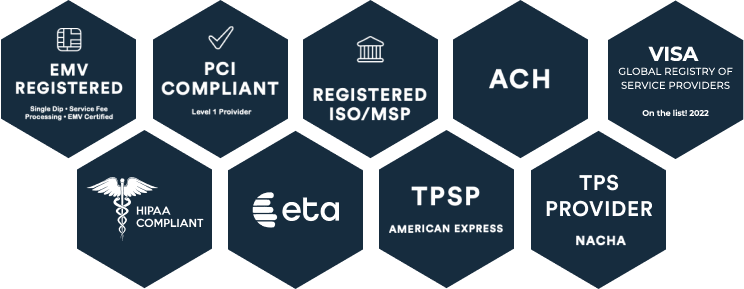Technology makes it easier for employees to do their job, but sometimes encouraging employees to adopt the latest tech can feel like pulling teeth. Learn how to introduce new technology in the workplace with these nine steps that will make the process easier.
Step 1. Recognize the Need
If you’re struggling to introduce technology, it’s important to understand your organization’s needs. You don’t need to chase the latest technology because it’s new and trendy. Doing so might disrupt streamlined processes and hurt productivity. Or worse, your business might adopt technology that solves problems it doesn’t even have.
To prevent this from happening, talk to your employees. They are on the front lines and understand their role’s unique needs. They may even already have a solution in mind.
Employees may feel nervous about speaking up at first, and you may need to show a willingness to listen until they feel safe to respond.
Step 2. Find the Right Tool
The right technology is not always the newest or most expensive one. Rather, the right technology solves existing pain points.
Software or tech platforms often offer solutions for a wide range of problems, which is why testing is critical. Don’t just take the sales rep’s word for it; sign up for a free trial and see for yourself.
Testing gives you practical experience with the product, which helps determine if the product is the best fit for your organization. It can also help identify key processes and features that need additional training.
Testing also provides an opportunity for you to establish a proof of concept. Your test should be long enough to show the value of introducing the new technology for both the leadership team as well as the entry and mid-level employees.
Step 3. Get Buy-in from the Higher-Ups
Knowing how to implement new technology in the workplace starts at the top. If managers don’t believe they need the new tech, they may struggle to motivate their employees to support the change.
Each executive team has different needs and perspectives, but it is often good to start by showing the tech’s projected benefits in one month, six months, and one year. By focusing on each of these milestones, you can show projected adoption rates, utilization, and benefits for the company.
Step 4. Implement the New Technology in the Workplace
This step is the easiest step in introducing new technology. You make the technology available to all potential users.
During this step, make sure all users have access to the same version of the technology. Training can become disjointed and confusing when employees use different versions or development lines.
Step 5. Train
One of the biggest hurdles employees have with new technology is its novelty. Training helps overcome this by giving every worker a safe space to become familiar with new technology and learn how it functions. Adopting new tech comes with a learning curve that can frustrate employees—at least at first.
Technological training is not a “one and done” procedure. In addition to an introductory training that teaches the basics, provide a secondary, more advanced training about three weeks after the initial rollout.
This gives users time to interact with the technology so that they can come to the second training familiar with the basic functions and ready to ask specific questions and learn more technical applications.
Step 6. Improve Adoption Rates
In a perfect world, every time a new technology comes out, everyone in your organization will adopt it. However, holdouts always prefer to maintain the status quo because that’s what’s familiar to them.
To mitigate this, learn about the employees who choose not to use the new technology. Why are they making that choice? What is stopping them from adopting the new technology? And address those core pain points and concerns.
Encourage workers who’ve had positive experiences with the tech to speak up and help champion the product. Help them serve as technology ambassadors and empower them to:
- Answer questions
- Address pain points
- Encourage learning about the new technology
Step 7. Keep the System Running
Technology is like a car—you have to maintain it to ensure it functions correctly. However, unlike a car that needs an oil change every 3,000 miles, technology doesn’t come with a precise maintenance schedule. You will still need to schedule time to evaluate it and update it as needed.
The biggest part of any technology you need to focus on is making sure it is always up to date, as this helps protect your business against security threats.
Step 8. Know When to Switch
After you’ve spent a significant amount of time and resources training your workforce on a new piece of technology, you won’t want to switch any time soon. But be wary of complacency, however. You should continue to monitor the market for competing technologies, as innovation remains the key to any successful business.
One of the best ways to judge when it’s time to switch is by keeping in touch with your employees about their experience with the technology. By establishing a continual line of open communication, employees will feel more comfortable telling you when they’re struggling with the technology or when it’s no longer helping them in their roles.
Step 9. Prepare to Switch to the Next Tool
Switching technology platforms is rarely easy. Just like you had to prepare to roll out your new technology, you have to take the time to transition from it. As with any change to company procedures, the key is communication. Give employees ample warning about the change and offer multiple training sessions.
Get Started Today
CORE offers cutting-edge solutions for healthcare and government organizations. Contact us today for a free demo to learn about the new technologies that can help transform your organization.






